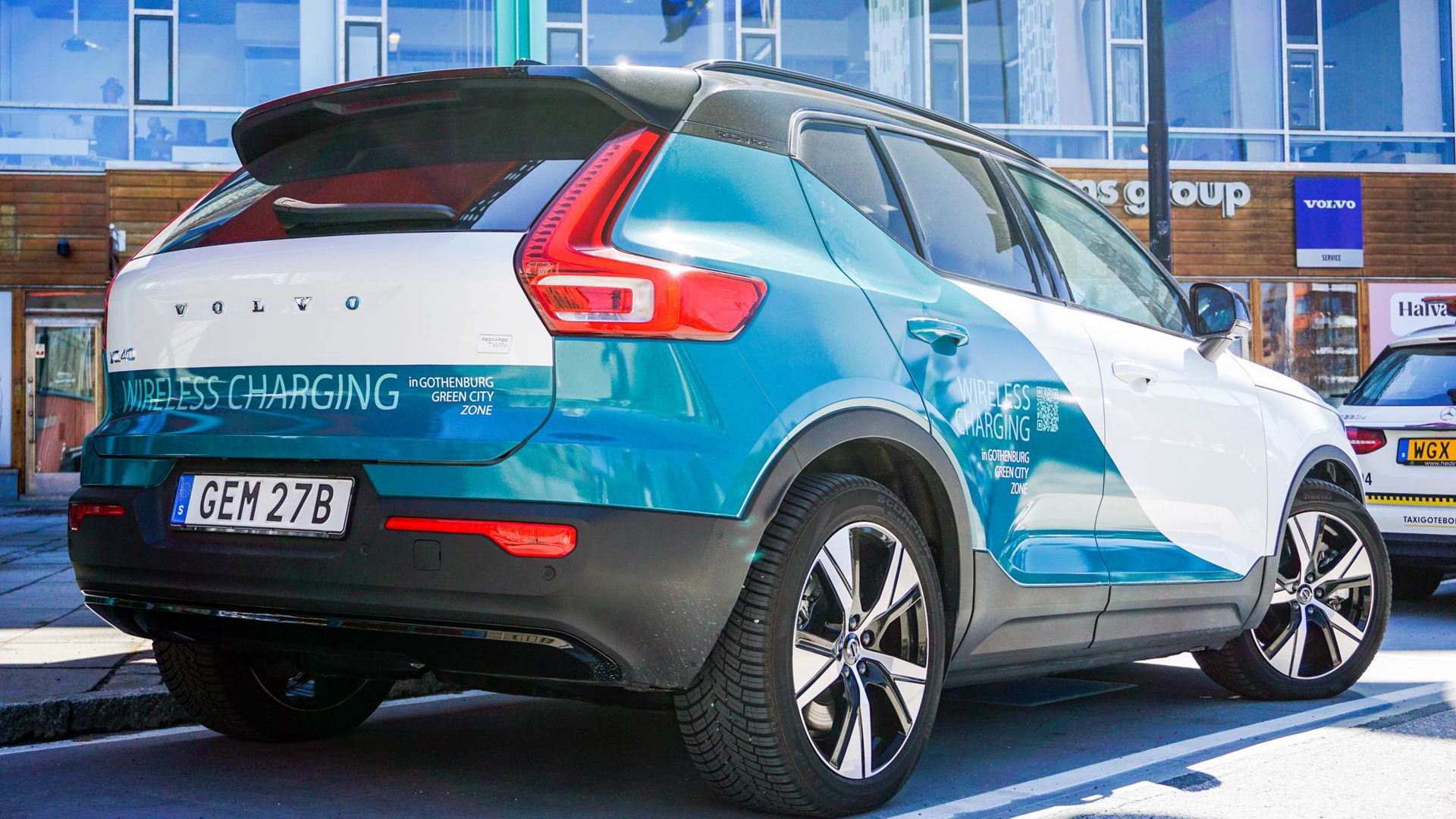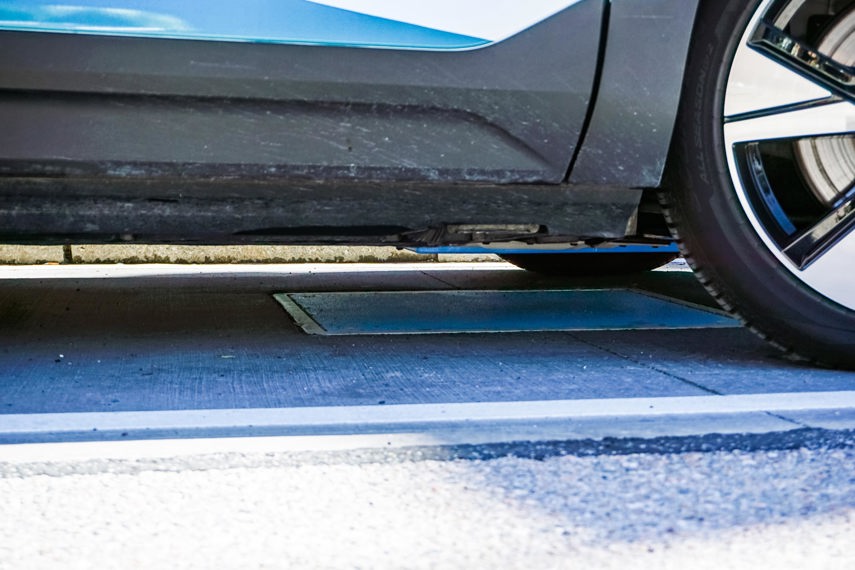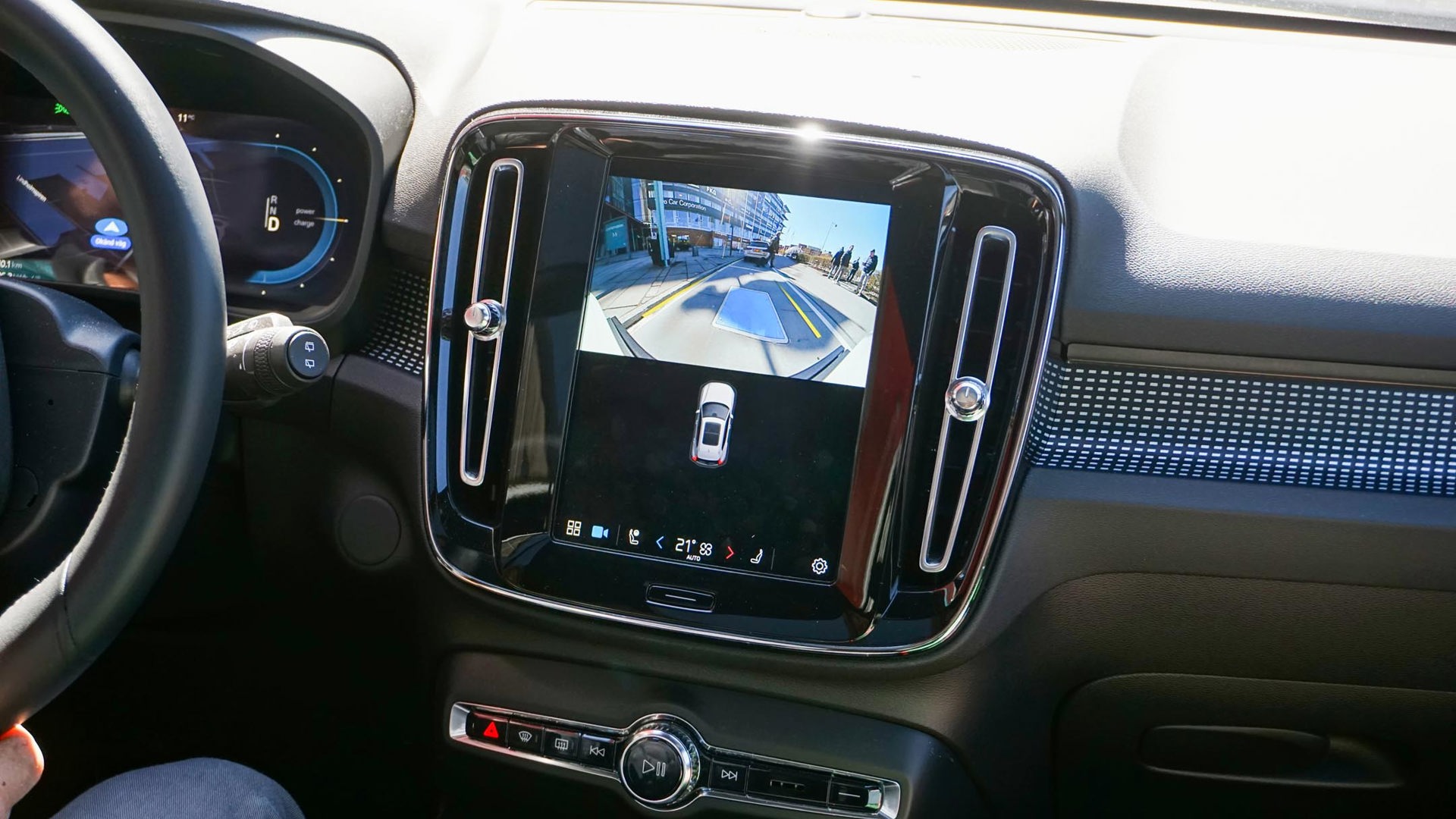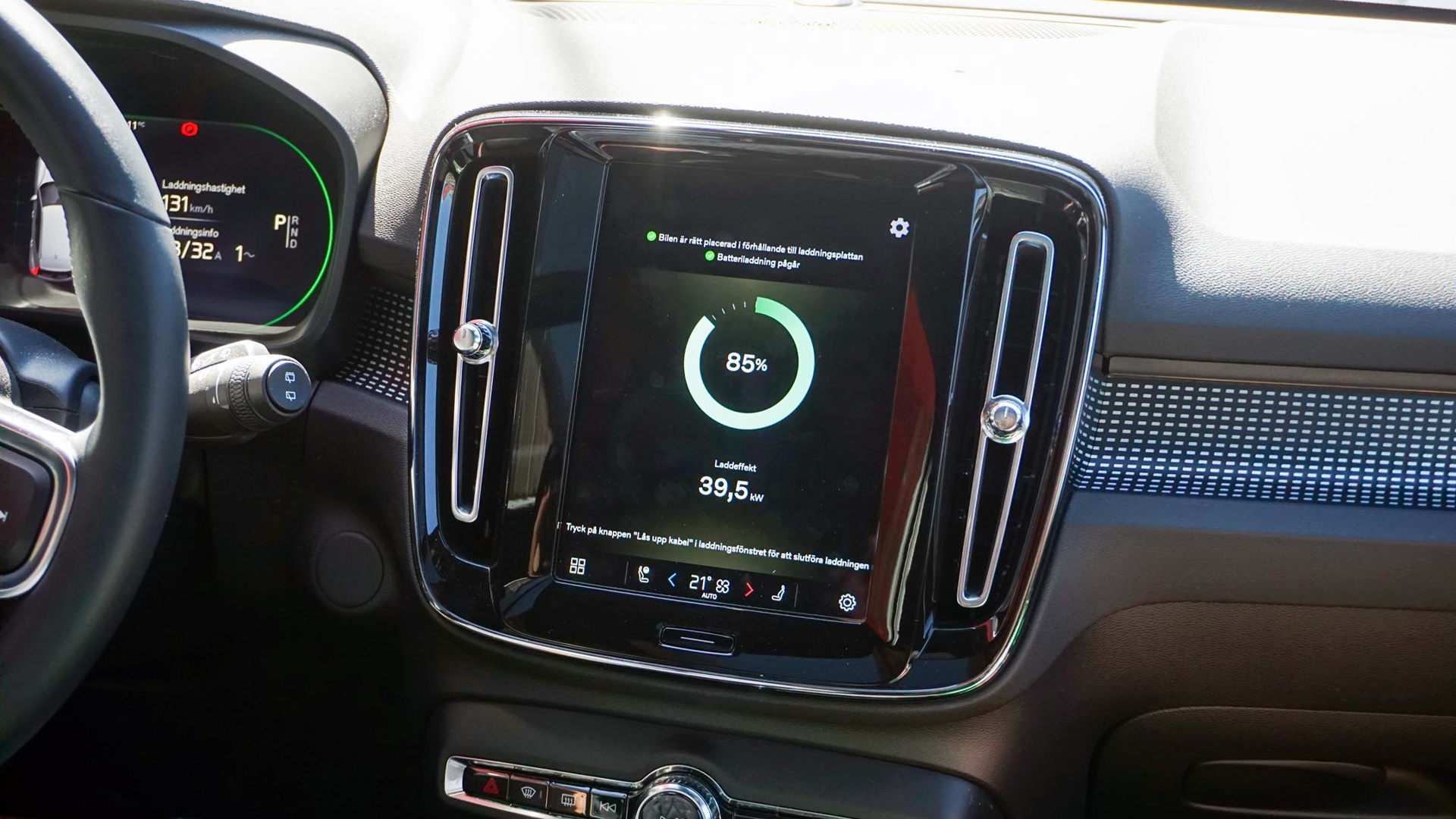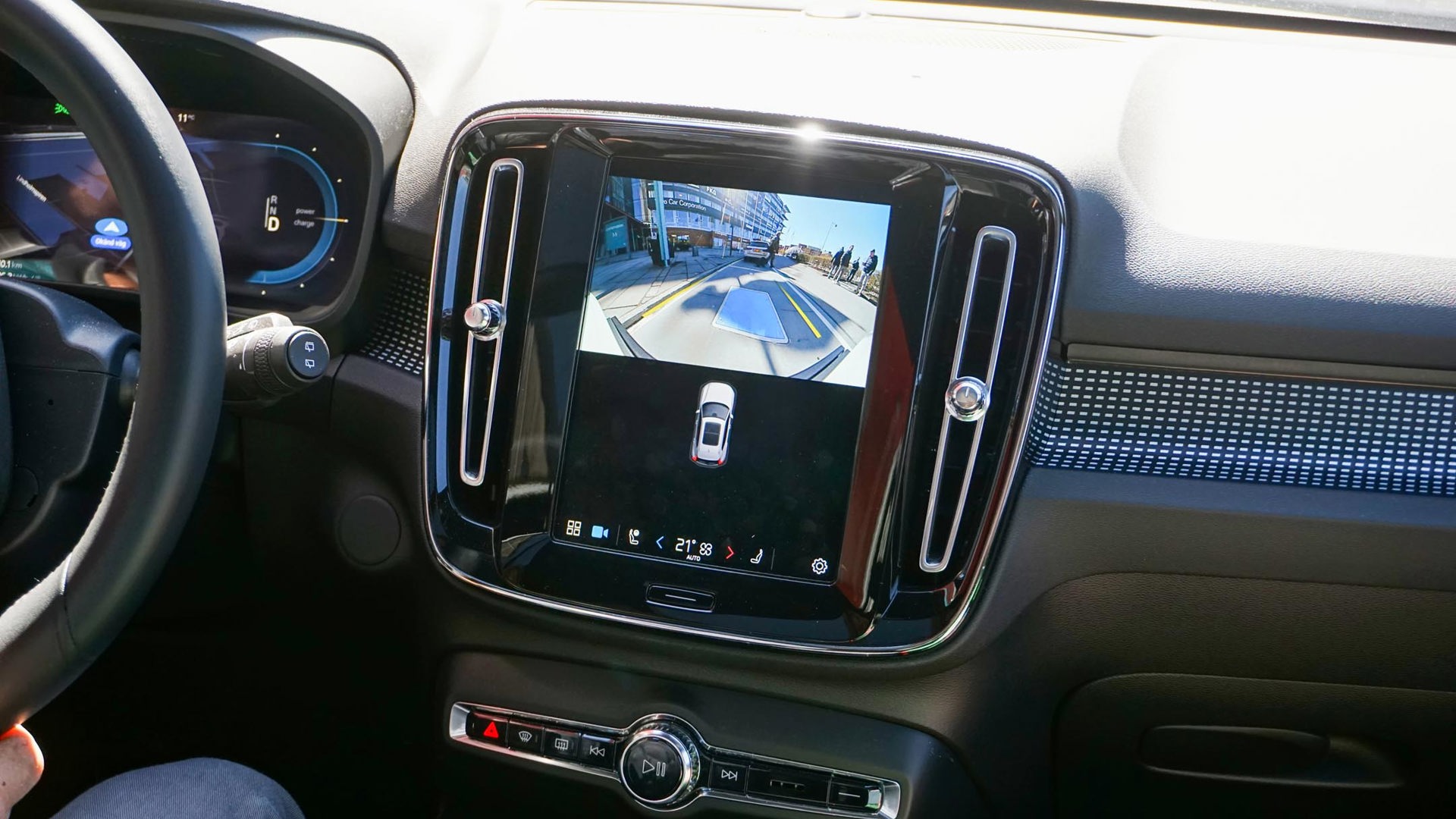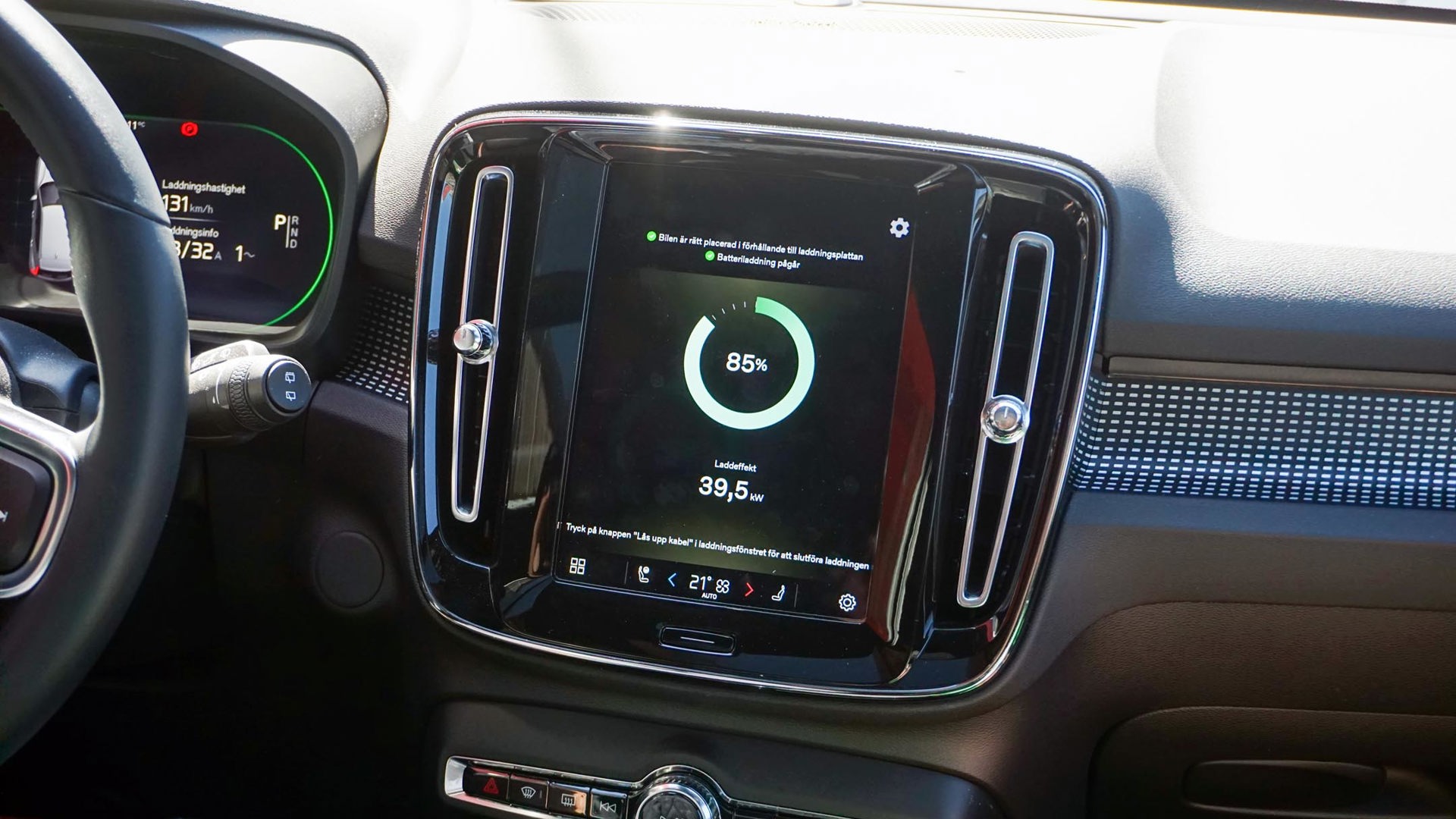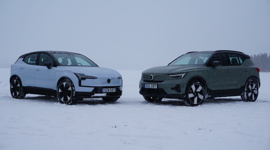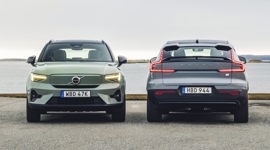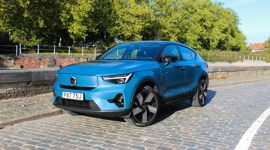It’s hard to believe it was only about a decade ago that wireless phone charging came into existence – not that it was explicitly necessary, but it’s certainly more convenient than plugging in.
And it may not be long before the same useful and user-friendly experience makes its way to electric vehicle (EV) charging, with Volvo nearly halfway through a three-year pilot program in its hometown of Gothenburg, Sweden, that’s testing the very same technology on a fleet of all-electric taxis. There’s a total of 20 of these all-electric Volvo XC40s cruising the streets of this Nordic nation’s second largest city, with each of them racking up an estimated 100,000 km annually as they ferry passengers from place to place just like any other cab.
When it’s time to charge, drivers head to any one of four wireless pads scattered throughout the so-called Gothenburg Green City Zone – an area in the heart of the city where emissions-free technology is tested. One of them is located at the Älvrummet, something of an urban development discovery centre. Hidden in plain sight at the taxi stand just outside the building’s main entrance is a nondescript blue square that’s hiding all kinds of potential.
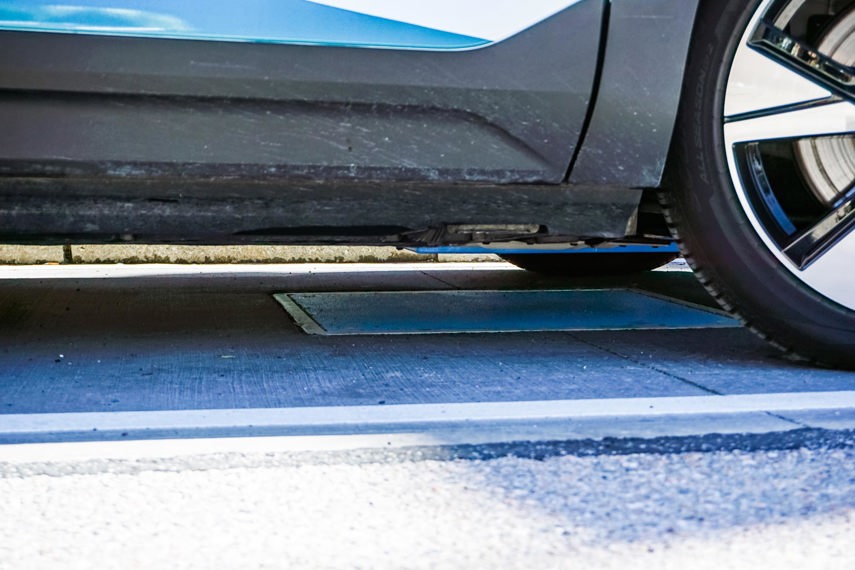
It works just like a wireless phone charger, with inductive technology that uses a primary coil that sends power and a secondary one that receives it. The chargers are supplied by Pennsylvania-based Momentum Dynamics, which makes similar systems for EVs as large as city buses. Aside from the rather ordinary charging pad, a connected unit that doesn’t look unlike an electrical box stands about 25 metres away. Charging output is 40 kW for the pilot project in Sweden, which is a little short of DC fast-charging that has a minimum rate of 50 kW.
The compatible XC40 Recharge taxis have secondary coil packs affixed under their front ends, with a 140-mm (5.5-in) air gap, which is a fancy way of describing the distance between the vehicle and charging pad. According to a Volvo engineer on site at Älvrummet for a demonstration of the system, gravel, snow, or even ice do nothing to interrupt charging.
It was a cold but dry day during the demonstration, but the straightforwardness of it all was truly impressive. The driver activated the XC40’s surround-view cameras to properly align with the charging pad, slowly rolling over it until only the very edge of the charging pad was visible on the infotainment display. And while the first attempt failed because of a communication issue with the cloud-based network, a subsequent one saw the XC40 and charging system speaking the same language almost instantly.
Volvo isn’t the only automaker exploring the potential of inductive charging, with a similar system encountered during a recent visit to Volkswagen’s factory in Tennessee where it builds the ID.4 electric crossover. According to a VW engineer at the time, the air gap was the biggest stumbling block, with the secondary coil sitting much closer to the primary one than they do on these Volvos.
With EV charging infrastructure in short supply across Canada, the small footprint these wireless stations occupy makes them all but ideal solutions; ditto the fact they’re apparently unaffected by snow and ice. And with EV ownership set to explode in the coming years, they might well represent the future of the charging experience.
